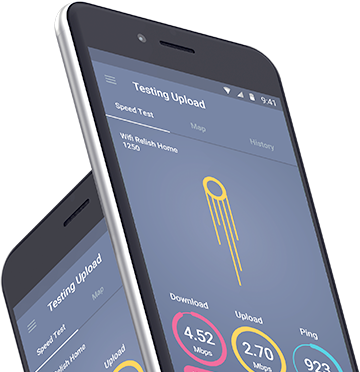Introduction
The Belgium mobile network experience remains highly competitive, with joint winners appearing across four of our award categories — up from the three seen in our last report — and all three operators statistically tying on Voice App Experience. Proximus is the dominant operator as far as our awards table is concerned, but with so many ties much could change in our next report.
Looking at our experiential metrics, our users continued to observe an Excellent (75 or above) Video Experience across all three operators and in contrast to our previous report a Good Voice App Experience (up from Acceptable). On two out of three operators’ networks (Orange and Proximus) our users once again observed a Good Games Experience, while their Telenet counterparts continued to have a Fair one instead.
Back in late January, the long-delayed 5G spectrum auction took a step closer, with the government approving the draft legislation that is required for it to go ahead. However, patience is still required from the operators’ perspective as bidding is not likely to begin until early 2022. In the meantime, they will continue to rely on temporary user rights to spectrum in the 3.6GHz-3.8GHz bands to enable 5G rollouts using new capacity. Once the auctions have taken place, 5G roll outs should accelerate because as part of their new license agreements operators will be obligated to provide 5G coverage to 70% of the Belgian population after one year, rising to 99.5% after two years and 99.8% after six years.
In this report, we’ve analyzed the mobile network experience for Belgium’s three national operators, Orange, Proximus and Telenet, over a 90-day period ending January 29, 2021. Our 5G users contributed to the overall mobile network experience measures covered in this report.



